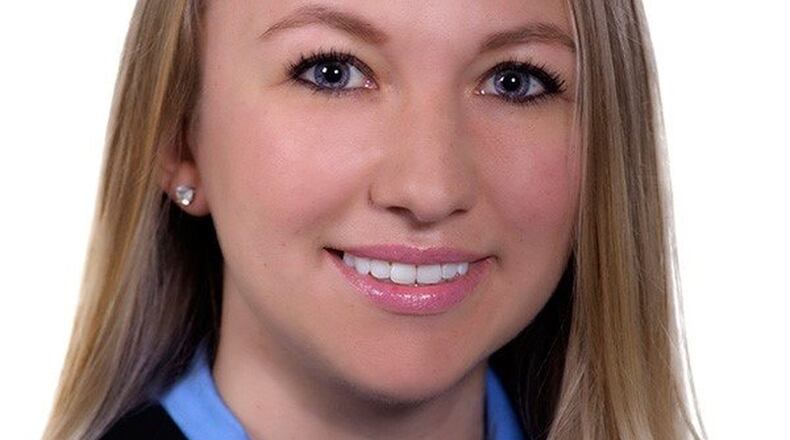Foreign-born doctors have flocked to these areas to complete their graduate medical training because it allows them to stay in the U.S. if they commit to working there for a certain period. And many medical schools offer free or discounted tuition on the same basis.
Britta Hakkila, who will graduate next month from the international medical school at St. George’s University in Grenada, West Indies, has already been selected for the Emergency Medicine Residency Program at Wright State University’s Boonshoft School of Medicine. But some of her classmates have been rejected for similar assignments in the United States, which she attributes to the travel ban.
Uncertainty surrounding the fate of a revised temporary ban on travel from six predominantly Muslim countries, has already begun to impact those areas, said the 28-year-old Hakkila.
“A lot of my classmates are from countries that are being affected by the ban, and it has influenced their Match Day placements because a lot of programs are hesitant to take them on because they don’t know what will happen with the ban,” she said.
President Trump established the ban with an executive order that was blocked by two federal judges in Hawaii and Maryland last week. But a judge in Virginia on Friday ruled in favor of the travel ban, although the ruling doesn’t have an immediate effect on the ban.
It may, however, affect the National Resident Matching Program, a private, nonprofit organization that each year places graduating medical students from all over the world in residency programs at teaching hospitals throughout the U.S. The Medical Colleges Association estimates that about 1,000 foreign medical school graduates from the seven banned countries have applied for American residency and fellowship programs this year.
Many more students would likely have applied for U.S. residencies if the travel ban weren’t an issue, Hakkila said.
“It’s just such a scary situation,” she said. “Many of my classmates from other countries are looking outside the United States, particularly in England and the U.K., because it’s uncertain for them whether they could even stay if they got matched into a residency program here.”
The travel ban, which Trump has said is necessary because of terrorism concerns for particular areas, comes at a time when the demand for doctors from those countries has never been greater. By 2025 there will be a shortfall of between 46,100 and 90,400 doctors, according to the Association of American Medical Colleges.
A sizable share of the doctors being counted on to fill the void in Ohio are foreign-born, according to a recent analysis by the left-leaning Policy Matters Ohio, which found about one in 14 Ohio doctors come from countries that could be subjected to the travel ban.
“Ohio needs doctors. Doctors from Muslim-majority countries have responded to that need. It seems likely that a Trump travel ban will turn that win-win into a loss,” Policy Matters researchers wrote in a recent blog post.
The judges that blocked the ban cited Trump’s own statements about Muslims and noted that his campaign referred to the travel restrictions as a “Muslim ban,” which would be unconstitutional on the grounds of religious freedom.
Trump called their rulings “overreach,” and said he will take the case to the Supreme Court, which could ultimately determine whether the ban remains in place.
“If it does stay in place, it’s going to negatively impact the access to prmiary care for a lot of areas of the country that depend on these international graduates to provid their health care,” Hakkila said.
By the numbers
90,400: Shortfall of doctors in U.S. by 2025.
7: Percent of Ohio doctors who come from countries that could be subjected to the travel ban.
33: Percent of doctors who will be age 65 in next 10 years.
Association of American Medical Colleges.
About the Author
